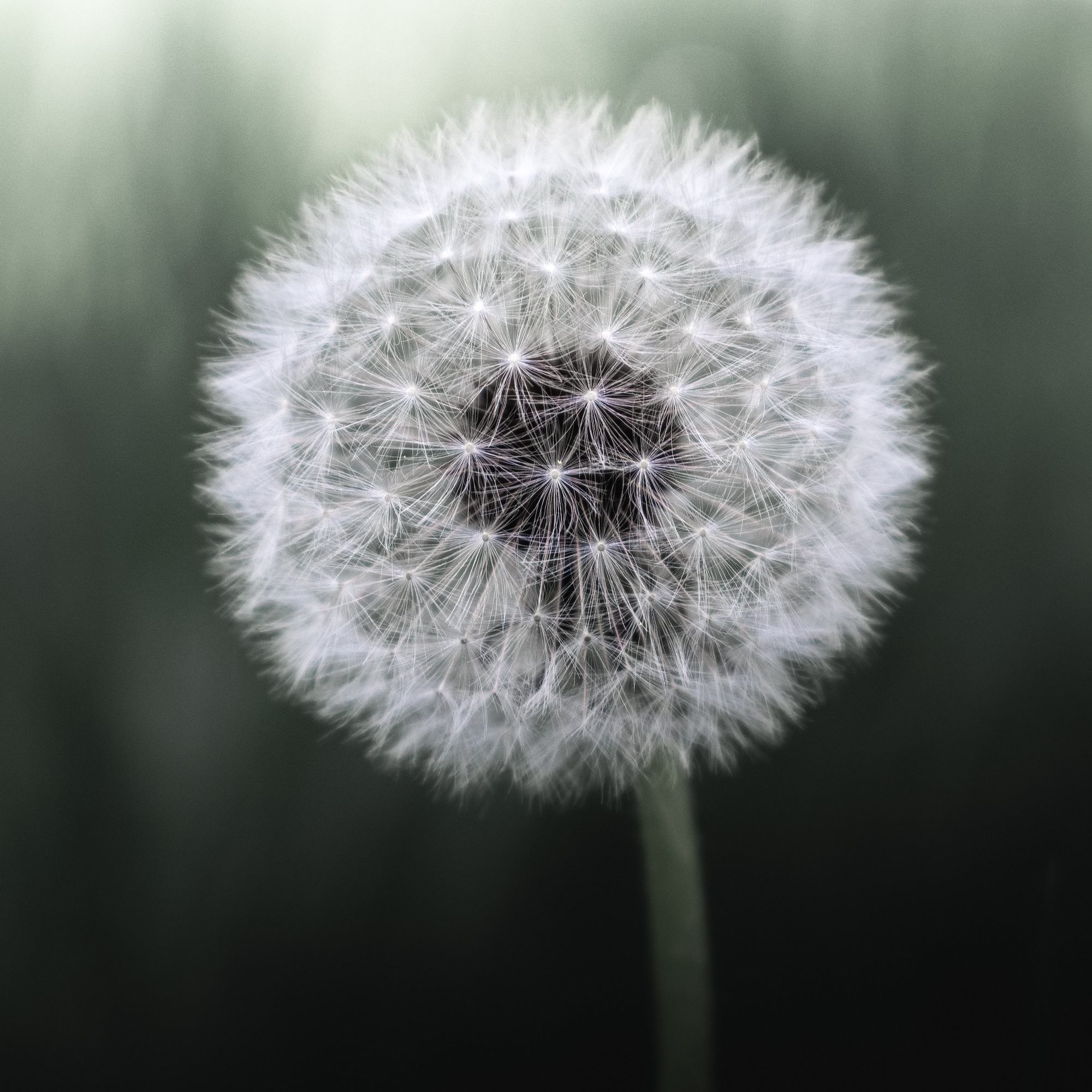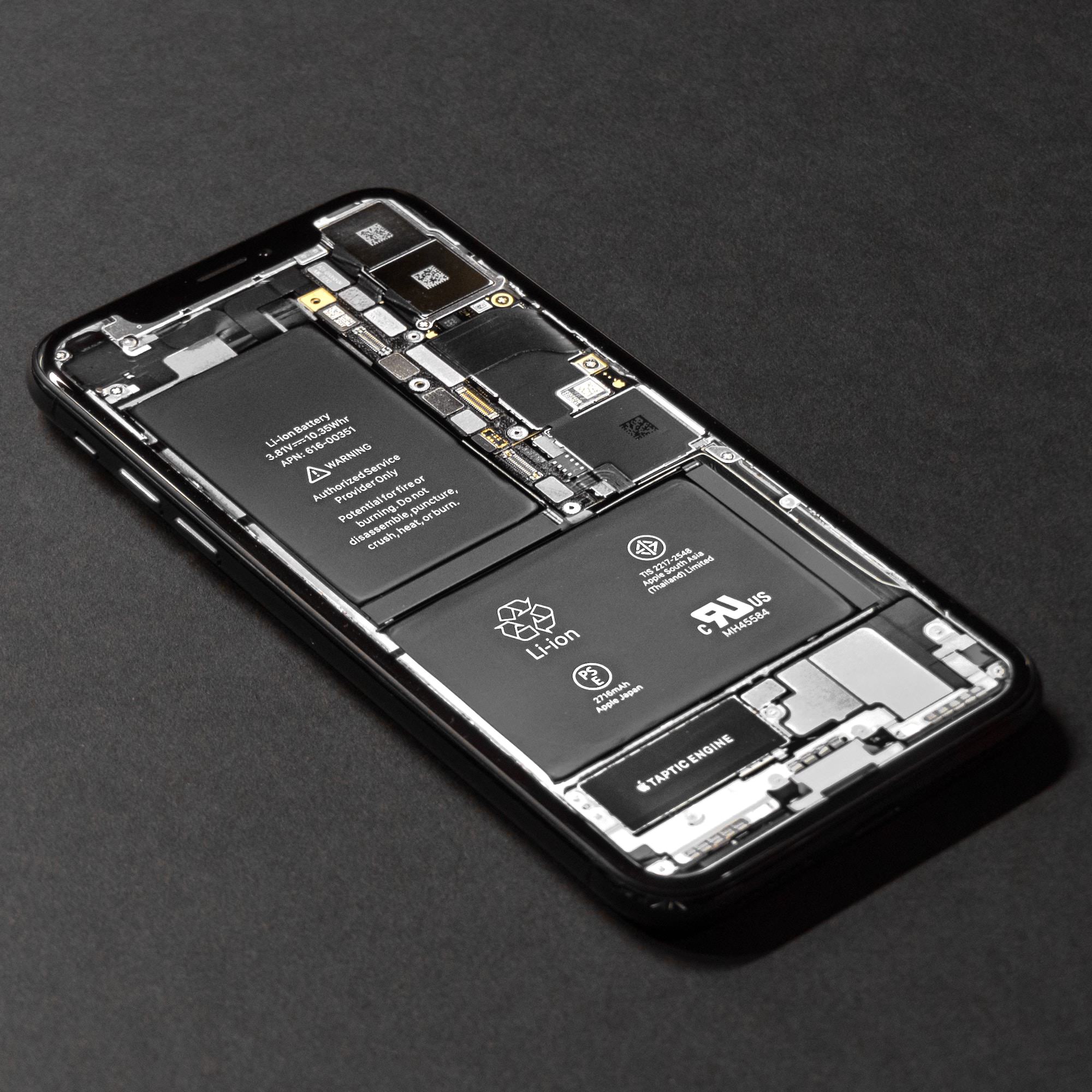Guide to focus stacking using the Sony a7R V

Photography requires a keen eye for detail and sharp focus. With some photos, that detail can be limited to the subject itself, while the rest of the composition falls into a pleasant bokeh. In other photos, especially when you intend to communicate depth and dimension, keeping everything sharp, from the foreground to the background, is helpful. Unfortunately, capturing that razor-sharp detail throughout the photo in a single exposure is only sometimes feasible, even when using a small aperture. That's where focus stacking can be invaluable.
What is focus stacking?
Focus stacking allows photographers to take multiple images of the same subject with varying focus points and use software to combine them to create a single image with a greater depth of field. This technique has become increasingly popular among landscape, macro, and product photographers as it helps them capture stunning, high-quality images with greater clarity and detail. It is particularly useful when working with a shallow depth of field, which is common in macro and landscape photography. With focus stacking, photographers can capture the entire subject in sharp focus rather than just a portion of it.

The focus stacking process starts with taking multiple images of the same composition with varying focus points. After these image sequences are imported into your photo management app (in my case, Adobe Lightroom), they need to be aligned and merged into a single, high-quality image with an extended depth of field. The final image appears as if it was taken with a large aperture but with the added benefit of having a greater depth of field.
Using the Sony a7R V to capture focus brackets
One of my favorite features introduced with the Sony a7R V [ Amazon | B&H Photo ] is the ability to capture focus brackets in-camera, which you can stack during post-processing to create sharp photos along a greater depth. I created this in-depth tutorial explaining the menu settings and ideal configuration to get the right focus brackets. I hope it helps!
Getting focus brackets with any camera
Even if you don't own a Sony a7R V or your camera doesn't have a similar focus bracketing feature, you can still enjoy all of the benefits and creative advantages of focus stacking. I recorded this video illustrating my focus stacking process using a Sony a7R IV, which you can easily adapt to virtually any digital camera.
Benefits for landscape photographers

Landscape photographers often encounter challenges when trying to capture an entire scene in focus. The foreground, middle ground, and background may all require different focus points, which can be challenging, if not impossible, to achieve with a single shot. That is where focus stacking comes in handy. By taking multiple images of the same scene with different focus points and combining them, landscape photographers can achieve a much greater depth of field, resulting in a sharper and more detailed image.
Benefits for macro photographers

Macro photography is all about capturing the intricate details of small subjects. However, that also comes with the challenge of dealing with a very shallow depth of field. This is where focus stacking can be a game-changer. By taking multiple images of the same subject with different focus points and merging them into a single photo, macro photographers can achieve a much greater depth of field, capturing even the tiniest details with stunning clarity.
Benefits for product photographers

Product photography requires a high level of detail and clarity to showcase the features and benefits of a product. Focus stacking is particularly useful here, where it can help to create images that are sharp and in focus throughout the entire product. By taking multiple images of the product with different focus points and merging them, product photographers can create images that are crisp, clear, and full of detail.
Wrapping it up
Focus stacking is a critical technique when you need to ensure sharp focus and detail throughout the entire range of your composition or through a specific depth beyond what a single exposure can provide. While some cameras, like the Sony a7R V [ Amazon | B&H Photo ], can automate getting the brackets for focus stacking, you can use any camera to get the necessary brackets by simply adjusting your focus point throughout the scene. Focus stacking is not needed for every shot, but it is worthwhile to know how to use it when the need arises.



